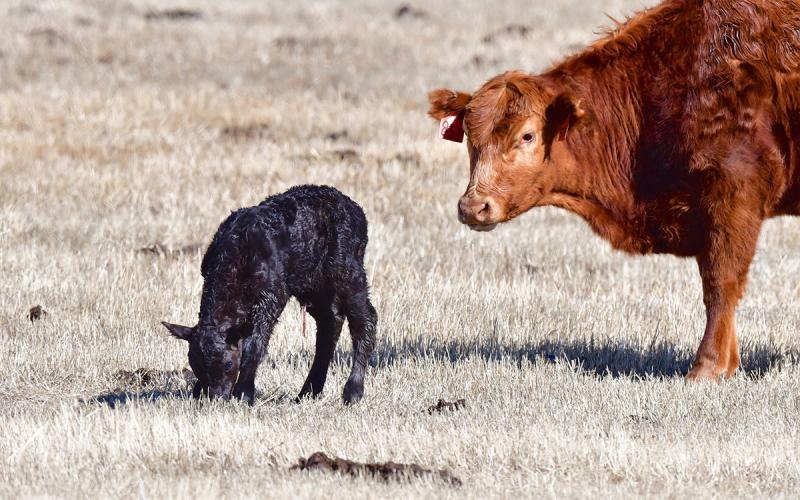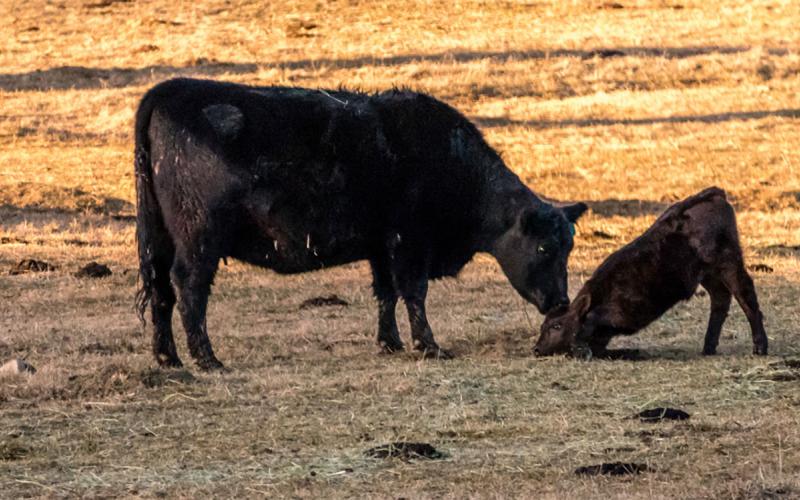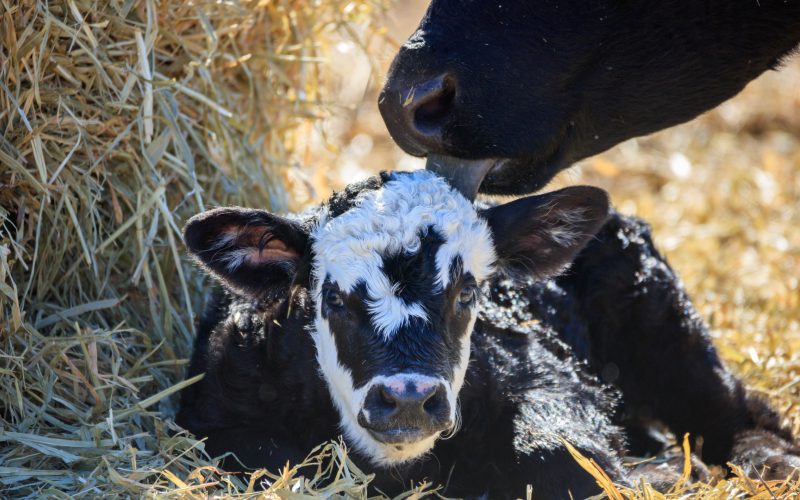Originally written by Adele Harty, former SDSU Extension Cow/Calf Field Specialist.
Spring is a great time of year. We are surrounded by new signs of life with the baby calves, green grass and new leaves on trees. With this also comes the time for making the best management decisions for the health and well-being of your calves, with an extremely important one being the castration of the bull calves. Numerous research projects have been conducted to determine the most humane and effective castration method. This article will review some of that data and provide you some information so that you can make the most informed decision for your operation.
Why Castrate?
Before we discuss the how, let’s talk about the why. There are many reasons for castrating bull calves, one of the major ones being that steers are safer for producers to handle and they pose less of a threat to other animals as well. Steers are less aggressive than bulls and they typically have fewer injuries. There is less cost associated with handling steers versus bulls, specifically with fencing and handling facilities. There are also a higher percentage of dark cutting carcasses with bulls, so if we can decrease dark cutters, it is a positive step for the industry and the product we produce will be the quality that consumers demand. When evaluating the market for bulls versus steers, there is a premium for castrating bulls early, which can make a big difference in how we do business.
Common Methods
Now for the how do we castrate? There are various methods that can be used, all of which have some positives and challenges. There are two methods that are most commonly used on baby calves. These are surgical and banding. Research has indicated that there are windows of time in which the discomfort associated with castration is at a lower level and has less of a negative impact on the calf as far as health and lost weight gain due to stress.
Surgical Castration
For surgical castration, the calf should be less than two months of age. The positive with surgical castration is that you are 100% sure of whether both testicles were removed. Some of the challenges include ensuring that the wound is clean and treated to keep flies away. Move the animals to a clean, dry area, preferably grassy, so that they can lie down, walk around and recover. The more excited a calf is, the more likely they are to bleed, which could be detrimental. In many cases, swelling will be observed, but should be gone within a week.
Banding
Banding is another method of castration that can be used, but should be done when the calf is less than one week old. With this method, a rubber or latex band is placed around the scrotum, above the testicles. This works by keeping the blood from reaching the testicles. The scrotum and testicles will fall off in two to four weeks. Calves that have been banded will likely show discomfort by rolling on the ground or kicking at their belly for up to 30 minutes. You may observe swelling with this method as well; however, it should go away within a week.
The Bottom Line
Depending on your management practices, use the method that fits best with your operation. When banding, it is imperative that you make sure both testes are completely down below the rubber band. If they are not, it could result in an intact animal that looks like a steer or it could cause a serious infection. If you are banding and are not able to get both testes down, you will need to come back and knife cut or surgically castrate that calf later. No matter the method used, good practices that provide the least amount of stress and discomfort for the animals and humans will be the best option for your ranch.


